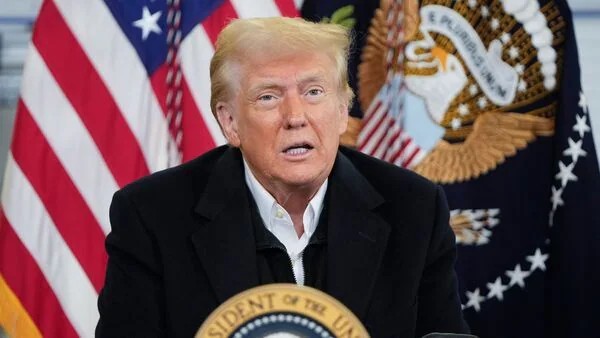US Presidential Two-Term Limit: Tradition and Law
Why in the news?
Former President Donald Trump raised doubts about the two-term limit for U.S. Presidents, but the 22nd Amendment legally restricts presidents to two terms. Franklin D. Roosevelt remains the only exception.
Donald Trump’s Suggestion and Legal Limits:
- In a recent statement, former President Donald Trump questioned whether the two-term limit for U.S. Presidents could be negotiable, suggesting uncertainty about his ability to run for a third term.
- The 22nd Amendment, ratified in 1951, legally limits presidents to two terms. This amendment specifically states, “No person shall be elected to the office of the President more than twice.”
Franklin D. Roosevelt’s Exception and the Law:
- Franklin D. Roosevelt remains the only U.S. president to serve more than two terms, winning four consecutive elections from 1932 to 1944. His extended presidency was justified by the need for stable leadership during the Great Depression and World War II.
- After Roosevelt’s passing, there was a push for the 22nd Amendment in 1947, legally enforcing the two-term limit to prevent future presidents from holding power in the same way Roosevelt did.
Historical Context and Tradition presidential term limits:
- The concept of presidential term limits gained traction in U.S. history, although not explicitly set in the Constitution initially. In 1796, President George Washington set the tradition by refusing a third term, which was regarded as a near-sacred unwritten rule.
- Over the years, this tradition became stronger, and in 1875, the U.S. House of Representatives passed a resolution to promote the two-term norm, calling any breach unwise and unpatriotic.
- Ulysses S. Grant’s potential third term in 1872 sparked controversy, but the Republican Party eventually backed away from nominating him again.




